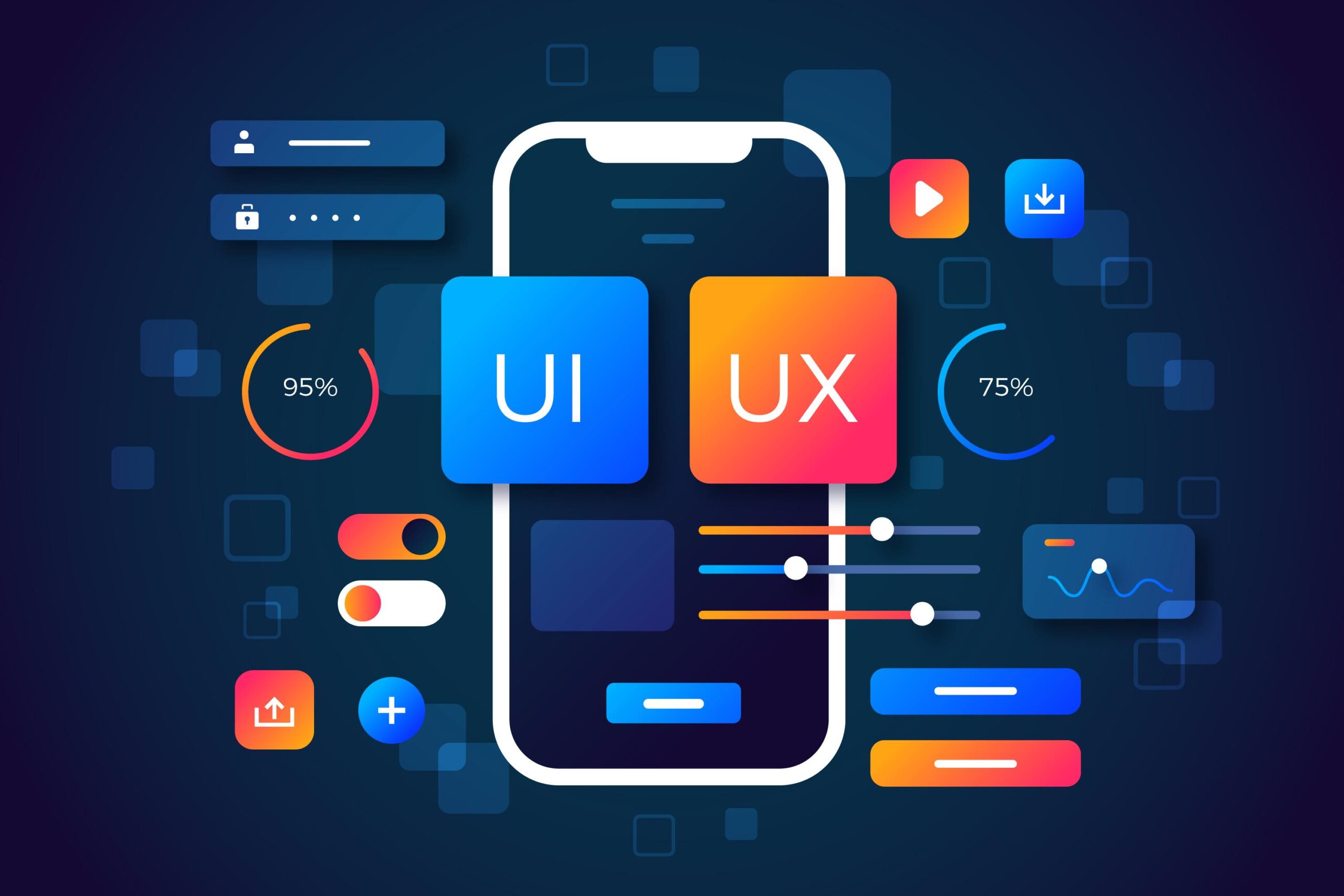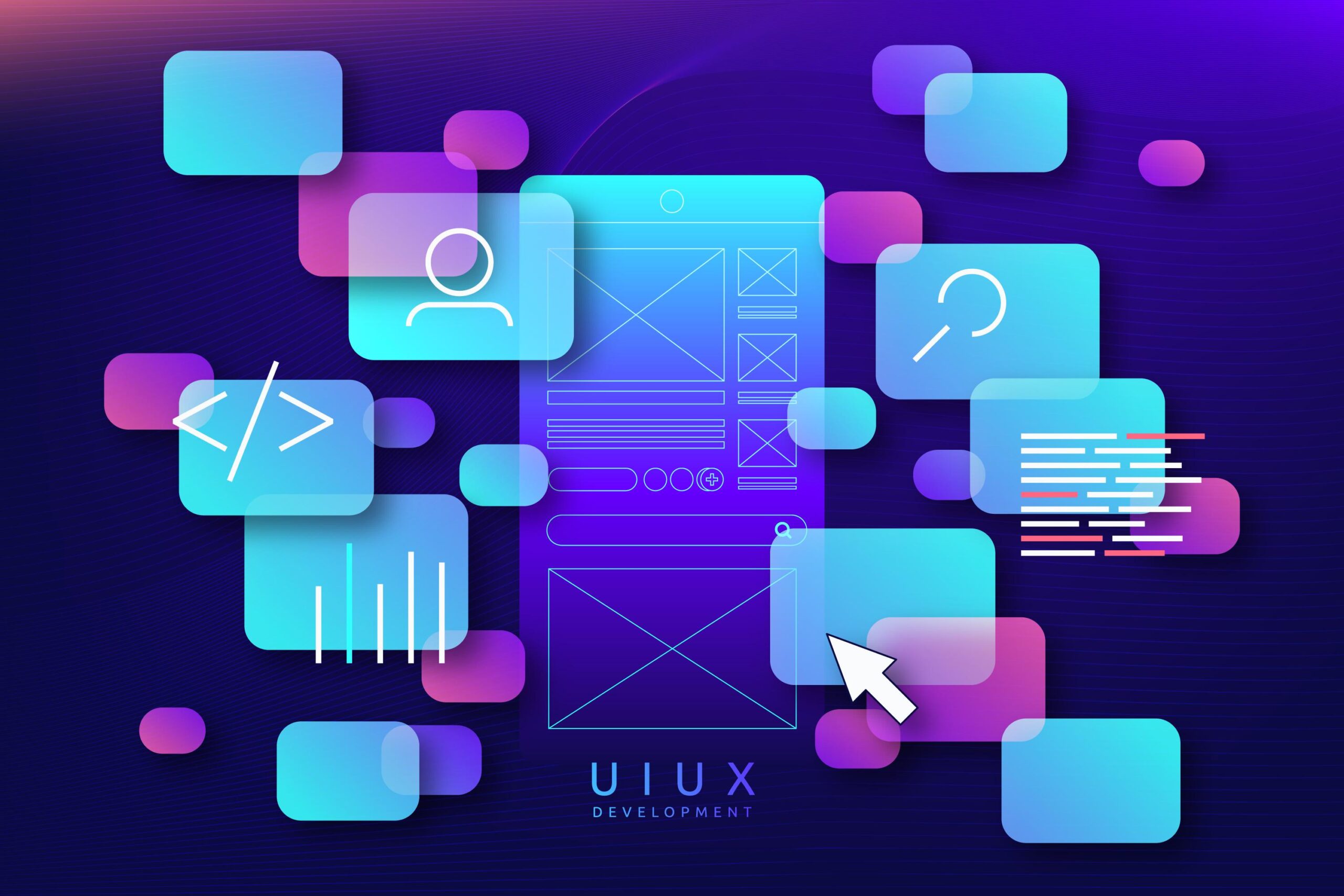
Introduction to UI UX Design
UI UX Design is at the heart of how users interact with digital products. While UI (User Interface) focuses on the look and feel of a product, UX (User Experience) emphasizes how smooth, efficient, and enjoyable the interaction is. When combined, UI UX Design helps businesses create products that not only look appealing but also provide value and usability. In today’s competitive digital landscape, brands that invest in UI UX Design are able to stand out by delivering seamless customer experiences.
A great design is not just about colors, fonts, or layouts; it’s about how these elements work together to serve the end user. Whether it’s a website, mobile app, or software platform, UI UX Design ensures that every touchpoint is intuitive and meaningful. This approach saves users time, increases engagement, and builds trust between your brand and its audience.
In simple terms, UI UX Design is the bridge between your brand and your users. Without it, even the most innovative idea may struggle to capture attention or deliver results.

Why UI UX Design Matters

In a world where users have endless options, first impressions are everything. UI UX Design ensures your product is visually attractive while being functional, making users want to return. Businesses that ignore this crucial aspect often face high bounce rates, low conversions, and negative brand impressions.
A strong UI UX Design doesn’t just impact aesthetics; it directly affects business performance. A smooth, well-structured interface reduces friction, helping users achieve their goals quickly. This translates into higher engagement and stronger brand credibility.
Good design also reduces development costs in the long run. When issues like navigation challenges, unclear layouts, or usability flaws are addressed early through UI UX Design, companies save significant time and money that would otherwise be spent on redesigning and fixing problems.
Most importantly, UI UX Design gives businesses a competitive edge. In industries where similar products exist, customers choose the one that is easiest and most enjoyable to use.
Benefits of UI UX Design
UI UX Design improves user satisfaction by ensuring every interaction is smooth, meaningful, and enjoyable. When users find your product easy to use, they are more likely to trust your brand and keep coming back.
Another benefit is higher conversions. Whether it’s an e-commerce site, a learning platform, or a booking system, a well-thought-out UI UX Design guides users effortlessly toward taking action—whether it’s making a purchase, signing up, or submitting a form.
UI UX Design also builds brand loyalty. When customers feel that a product understands their needs and delivers consistently, they are more likely to recommend it to others. This word-of-mouth promotion is one of the most powerful forms of marketing.
Finally, UI UX Design ensures accessibility. A good design considers all types of users, including those with disabilities, making your product inclusive and reaching a wider audience.

My Approach to UI UX Design

My approach to UI UX Design blends creativity with strategy. I begin by understanding your target audience, their needs, and their challenges. This helps me design interfaces that are not only visually appealing but also deeply functional.
I believe design is not just about making things look good—it’s about solving problems. Every element, from typography to navigation menus, is carefully chosen to create a logical and enjoyable user journey.
Collaboration is another key part of my process. I work closely with clients to ensure the final design reflects their brand identity while still meeting the expectations of their audience. Together, we craft an experience that aligns with both business goals and user needs.
Most importantly, I focus on testing and feedback. By analyzing how real users interact with the design, I refine and optimize the experience until it delivers maximum impact.

FAQ
You Can Find All Answers Here
UI refers to the visual elements of a product, such as buttons, colors, and layouts. UX focuses on the overall user journey and how easy or enjoyable it is to use the product. Both work together to create a smooth and engaging experience.
The time depends on the complexity of the project. A simple interface may take a few weeks, while larger platforms with multiple features can take longer. Clear goals and feedback help speed up the process.
Research and testing play a key role. I start by understanding your audience, then create prototypes and gather feedback. Based on this, I refine the design to make sure it aligns with user expectations and business goals.
Contact Me
- +91 7093137037
- contact@helloharsha.com
- Hyderabad
